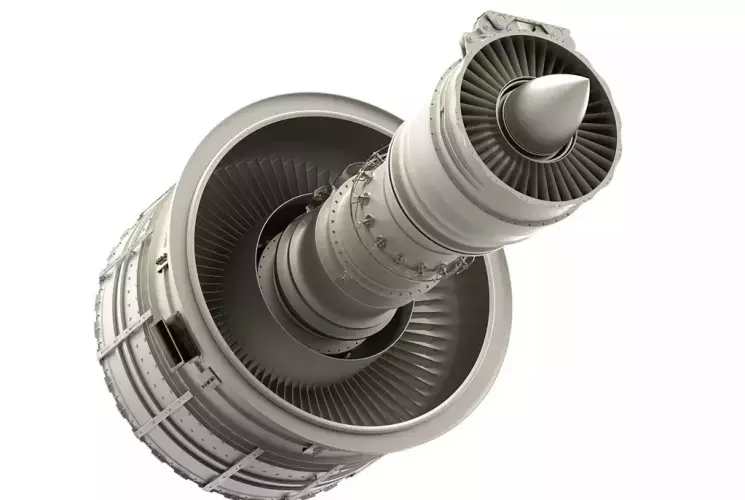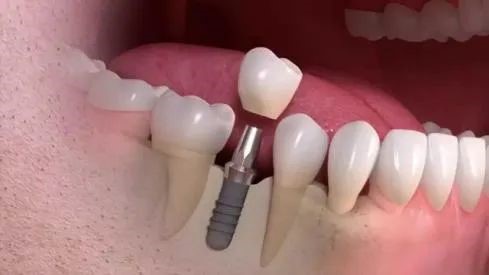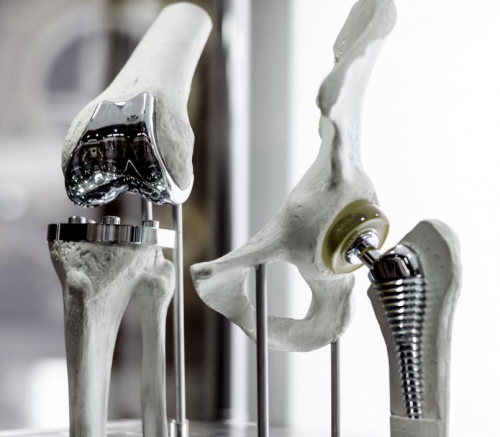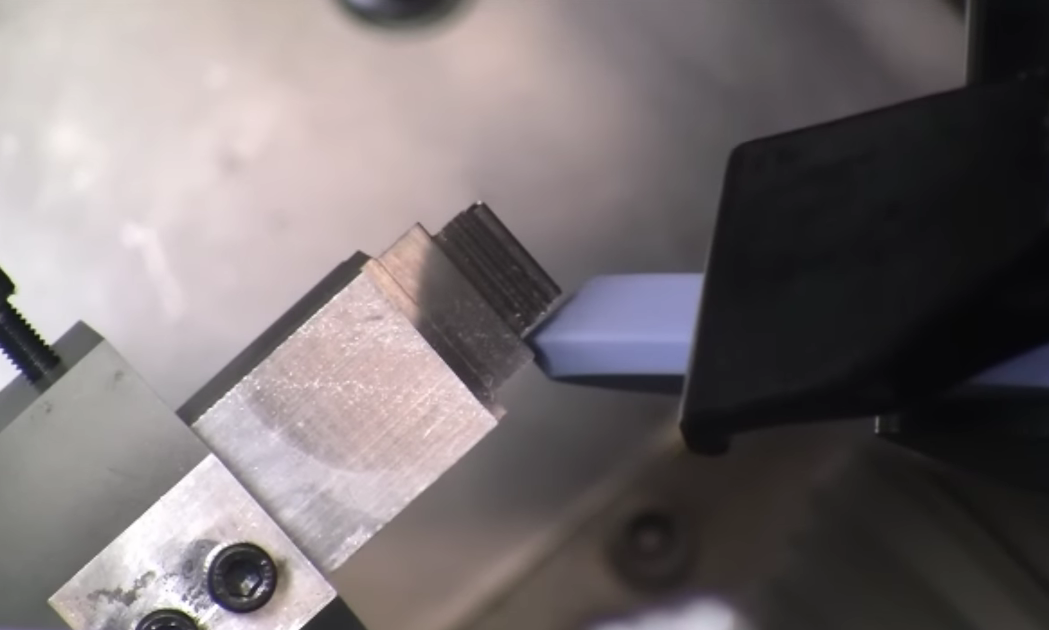

Most aero-engine parts are made of titanium alloy materials. According to assembly requirements, finishing surface dimensional accuracy and surface roughness require grinding to ensure the surface quality of the parts. Due to the physical and mechanical properties of titanium alloy materials, surface burns and reduced surface integrity are prone to occur during grinding. There is an urgent need to solve the problem of grinding titanium alloy materials, so it is very necessary to choose a suitable grinding wheel.
Titanium alloy material performance analysis
Titanium alloy is considered a typical representative of "lightweight, high-strength, heat-resistant" materials. Its strength is higher than steel, but its density is only about 60%. It can serve in a temperature environment of 300 to 350°C for a long time. In addition, different types of titanium alloys exhibit process characteristics in forming and welding, making titanium alloys Widely used in engineering fields. The most representative ones are in the aerospace field: aerospace engine fan blades and low-pressure compressor/some high-pressure compressor blades/impellers/blisks/casings, aerospace vehicle fuel tanks and rocket engine casings and other important parts Mostly made of titanium alloy. In the automotive industry, parts such as engine valves/connecting rods and exhaust systems made of titanium alloys are of great significance to weight reduction of the car body and engine noise reduction. Thanks to its outstanding biocompatibility, titanium alloys have also become the metal material of choice for human implants and bone repair.



The types of titanium alloys are roughly divided into three categories, alpha titanium alloys, beta titanium alloys, and alpha + beta titanium alloys. It has small specific gravity, high specific strength, high temperature resistance, corrosion resistance, super memory, non-magnetic, low elastic modulus and good biocompatibility. This series of excellent properties make it applied in a wide range of fields. The melting point of titanium is 1668°C and the boiling point is 3400°C, which is higher than that of nickel-iron. Therefore, its light heat resistance has become its excellent foundation and it can work at 500°C for a long time. The long-term working temperature of the new titanium alloy is even higher, and its strength is 10 times higher than that of aluminum alloy at 300-350°C. The strength of commonly used α+β titanium alloys reaches 1.2GPa, the specific gravity is 0.44MPa, and the specific strength is 23-27, which are higher than alloy steel. The tensile strength of titanium alloy can exceed 1.5GPa, and a large force must be applied to its processing. It is a typical difficult-to-process material.
The thermal conductivity of titanium is 0.036cal, and the thermal conductivity of TC11 titanium alloy is even worse. The elastic modulus of titanium is about 1/2 that of steel. It has high resilience and is prone to vibration during processing.
Titanium alloys contain oxygen, hydrogen, nitrogen, carbon, and sometimes silicon, iron and other impurity elements. These elements undergo strong reactions and exist in the crystal lattice in gaps, which can increase the strength of the titanium alloy and reduce the plasticity, even Deteriorates fracture toughness, low temperature toughness, fatigue strength, corrosion resistance, cold forming and weldability. Titanium alloys have extremely high chemical properties at high temperatures. At a certain grinding temperature, titanium forms an oxidation and nitridation protective film, which hardens and makes the surface layer brittle, reduces elasticity, increases the degree of work hardening, and makes it easy to adhere during grinding. , clogging the grinding wheel, causing grinding overheating and reduced surface integrity.
1. Main problems in titanium alloy cutting/grinding processing
(1) Cutting/grinding temperature is high.
Titanium alloy has high strength and good thermal resistance, so a large amount of heat is generated during the cutting/grinding process. However, the thermal conductivity of titanium alloys (less than 7 W/(m·K)) is much lower than that of steel and aluminum alloys; during the cutting/grinding process, part of the heat can be removed through cutting/grinding chips, cutting fluid and In addition to the conduction by the tool/grinding tool, only a small amount of the remaining heat can be conducted to the inside of the workpiece in time, resulting in a large amount of cutting/grinding heat accumulating in the contact area. On the one hand, this accelerates tool wear, on the other hand, it thickens the heat-affected layer on the surface of the workpiece and reduces the mechanical properties of the part. Processing efficiency sometimes has to be reduced to reduce the adverse effects of accumulated heat.
(2) The workpiece material has large elastic deformation.
The elastic modulus of titanium alloy is low, so the elastic deformation is large during the cutting/grinding process, which restricts the machining accuracy, especially the machining accuracy of thin-walled parts. In addition, the elastic deformation and recovery of the workpiece material are important causes of cutting vibration. If the elastic deformation of the workpiece material is large, the contact area between the workpiece material and the tool/abrasive grain will increase, resulting in serious flank wear of the tool/abrasive grain.
(3) Tool adhesion is serious.
Titanium alloy has good plasticity, and the cutting edge and workpiece material are prone to "cold welding" under the action of contact pressure, causing the workpiece material to adhere. In addition, titanium alloys have high chemical activity. Under the action of cutting/grinding temperature, titanium elements are prone to chemical reactions with carbon, nitrogen and other elements in tool materials and oxygen elements in the air, exacerbating the friction between the tool and the workpiece material. Tendency to stick. The adhered workpiece material will cause a small amount of tool/abrasive material to fall off when peeling off. Severe adhesion is one of the main reasons for rapid tool wear when cutting/grinding titanium alloys.
Selection of titanium alloy grinding wheels
2.1 Titanium alloy grinding requires the grinding wheel to have small adhesion, small wear, not easy to clog, and low grinding temperature
This mainly includes the particle size of the abrasive and the shape and size of the bond structure. ordinary grinding wheels consist of an abrasive bond and pores. The function of abrasive is to grind the processed material to form a surface that meets the requirements. The function of the bonding agent is to bond the abrasives together to form a certain shape and hardness, so that the abrasives can maintain a stable trajectory during the grinding process and can self-detach. The pores serve to remove chips during the grinding process, provide cooling and lubrication. Common abrasives include corundum series (alumina), and silicon carbide series. Silicon carbide grinding wheels should be used for grinding titanium alloys.
2. Selection of bond
The bonding agent is divided into two types: resin and ceramic:
1) Ceramic bond particles have strong capacity, good thermal and chemical stability, waterproof, heat-resistant, corrosion-resistant, low wear, maintain grinding performance for a long time, are porous, not easy to block, and have high productivity. It is highly brittle and cannot withstand large impact loads.
2) Resin bonded grinding wheels have high strength, elasticity, good impact resistance, poor thermal stability, and poor corrosion resistance. They will soften and lose strength at high temperatures.
Ceramic bonded grinding wheels should be used for grinding titanium alloys.


2.3 Selection of granularity
36#-80# grit is usually used for grinding titanium alloy.
2.4 Grinding wheel structure hardness
When grinding titanium alloys, you should usually choose a large-pore grinding wheel with softer or medium hardness and a loose structure.
---EDITOR: Doris Hu
---POST: Doris Hu
Semiconductor Industry Solutions
PCD & PCBN Tools Grinding Industry
Diamond Cutting Bruting Polishing
Add: No.171 Zhongyuan Rd, Zhongyuan District, Zhengzhou, 450001, Henan, China
Tel: +86-371-86545906
Phone / Whats App: +86 18339903057
E-mail: [email protected]



